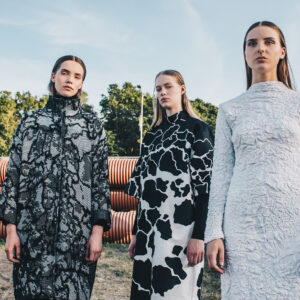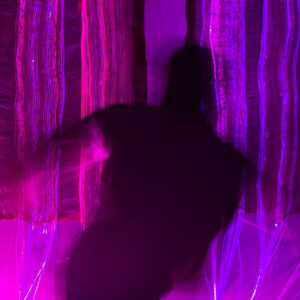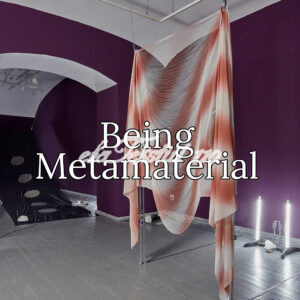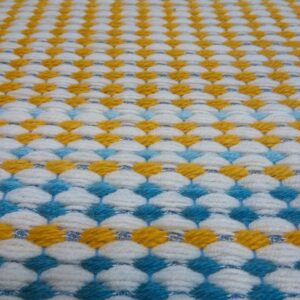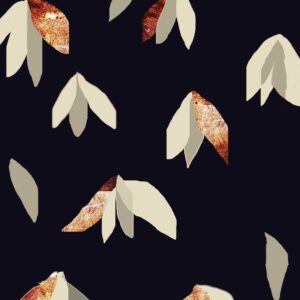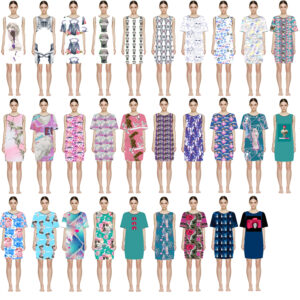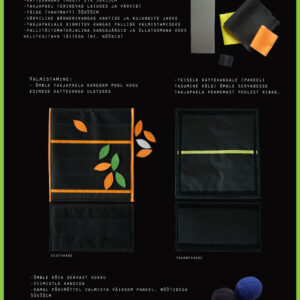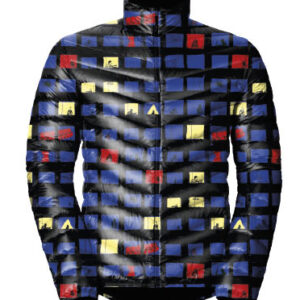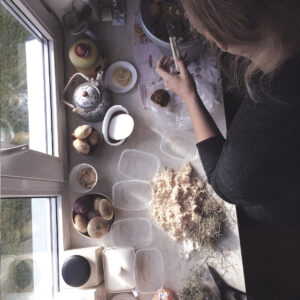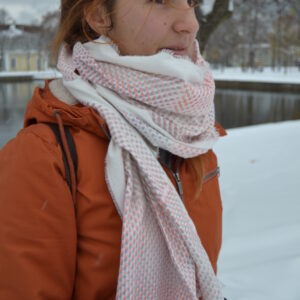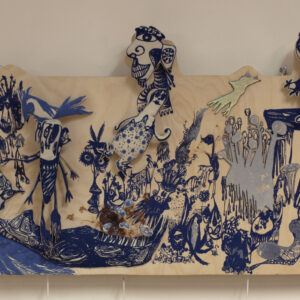Textile Design
The specialization is an option within the curriculum of Fashion, Textile and Accessory Design.
High-level textile design education
The field of textile has deep cultural and economic meanings, encompassing knowledge and stories from different eras; tradition, and traditional techniques. In modern textile design both old skills and the latest developments in materials and technologies find creative application, which have brought revolutionary changes to the development and refining of textiles. New and exciting textile use often arises from the combination of forgotten skills with modern problem-solving and innovative technologies.
How does learning take place?
Over the course of three years, expertise is acquired about modern material culture, design theories, and methods; skills are developed for integrating them into the creative process. The education provides broad skills for developing ideas, technical knowledge for producing textiles, designing textile products, and developing them to be production-ready.
The curriculum includes theoretical and practical courses, both mandatory and elective. Small study groups ensure individual guidance and immediate feedback for the student throughout the learning process. In addition to specialized technologies, students also learn about the entire design process, from idea to finished product. Proficiency is also acquired in various necessary computer programs (including Adobe Creative Suite, Weave Point).
In addition to textile specialists, interior architects, visual artists, product designers, and fashion designers are involved in teaching and mentoring. Activities often take place in collaboration with other departments, universities, and companies. Collaborative projects provide designers with the necessary problem-solving skills, real-life work experience, and the opportunity to see their creations as actual products.
Future prospects
Graduates of the Textile Department have a wide range of career opportunities. With the acquired knowledge and skills, graduates can focus on personal creative practice in the design or art field, or work as textile designers in companies involved in fashion or interior textile design. Textile design graduates have also continued in doctoral studies, focusing on developing the field through research. Textile design alumni also work as stylists, accessory designers, product developers, display designers, illustrators, retail buyers, or apply their creative skills in other ways.



